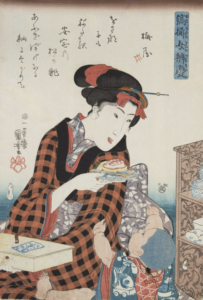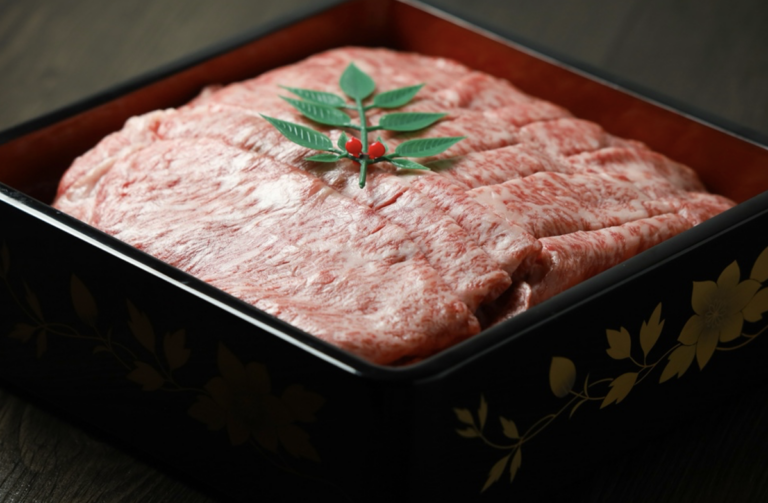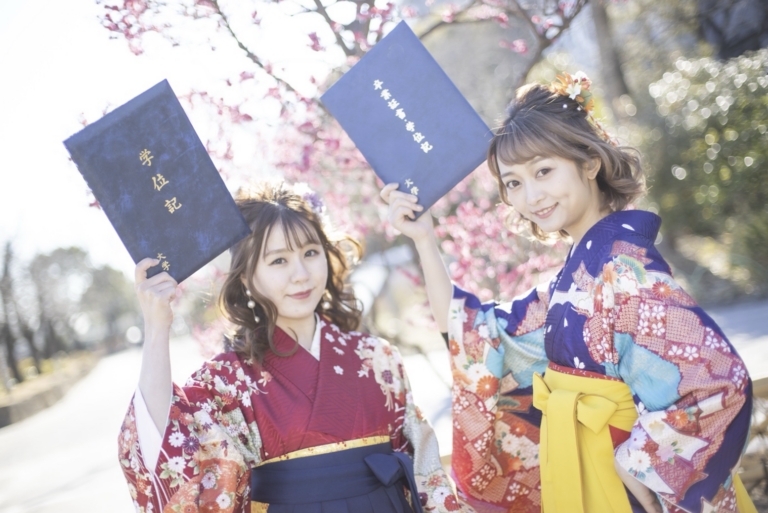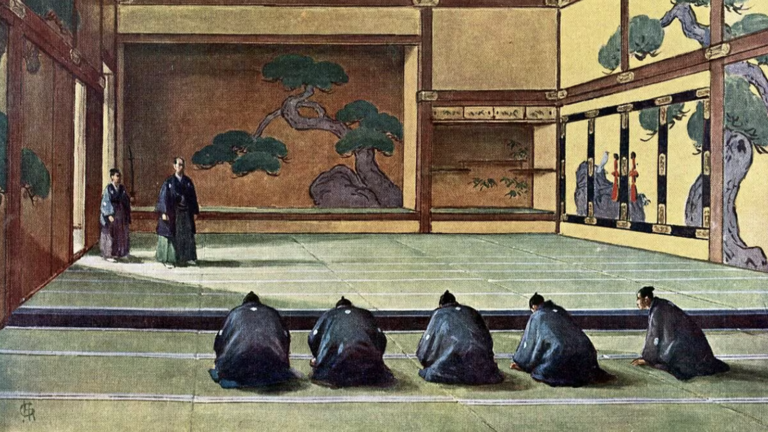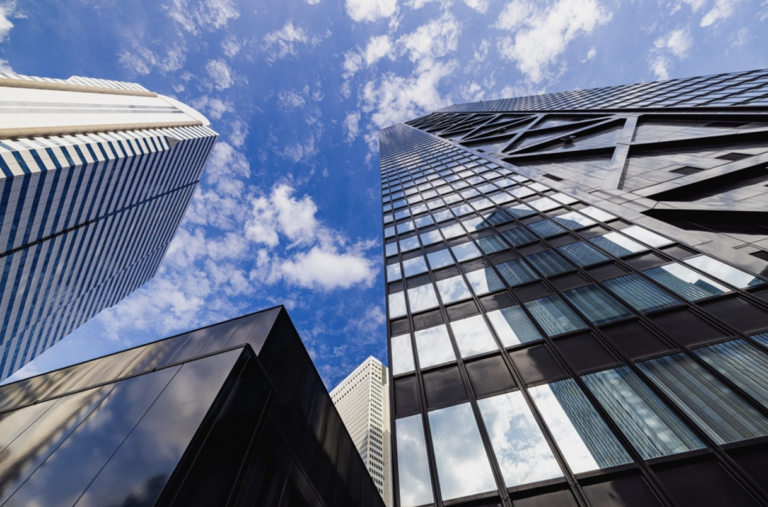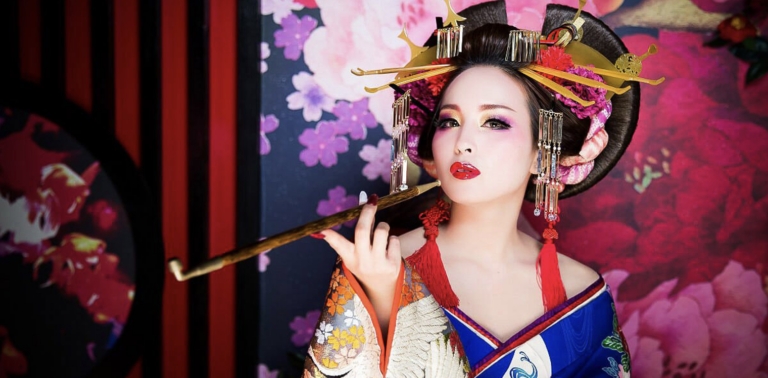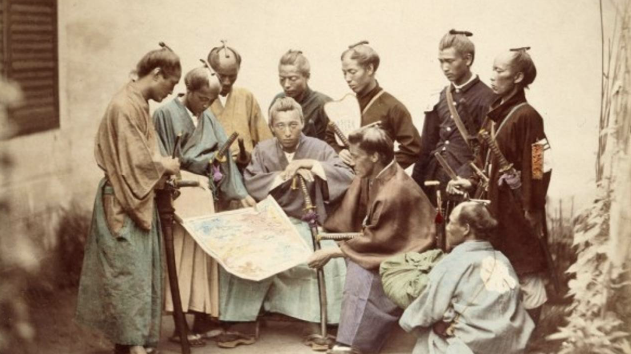Meals of the samurai. What they mustn’t eat.
In order to fight, it is important to have a strong body. The basis of that is the diet, so did the samurai eat very good food considering that it was their job to fight? Contrary to what you may expect, most samurai subsisted on a very simple diet. How did they manage to build up a strong body and spirit? Let’s take a look at the diet of the samurai. It may surprise you.
Gourmet food boom had arrived. However…
The end of the Edo era, when the samurai were at the top, was a time of peace without much fighting.
The economy and culture matured at once, and a gourmet food boom arrived. However, only a few samurai were able to enjoy gourmet meals. The average samurai had a surprisingly simple diet.
The basic diet was soup and one vegetable.
Rice, miso soup, pickles.
That’s all.
This is how it looked:
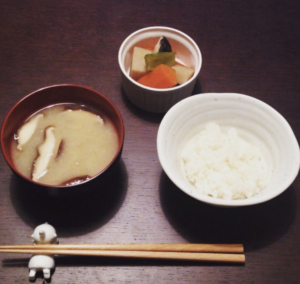
Not only was there no beef bowl, tempura, or ramen, there was not even sashimi or grilled fish. Would you all feel energized by this meal? I don’t think I would be…
A separate meal for celebratory occasions
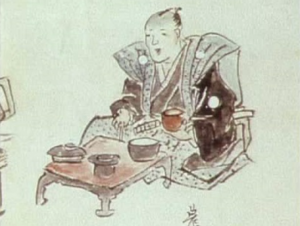
Even in such a samurai household, when there was a celebration, a variety of side dishes were added to the menu: Fish, vegetable stew, tofu, eggs, etc. There was no steak or eel and so on.
Some foods should not be served on a samurai’s table. When it comes to eating fish, konoshiro, puffer fish, and tuna were forbidden.
The fish named “konoshiro” literally means “eat this castle,” which is bad luck, and “fugu” (blow fish) is a well-known poisonous fish, meaning “a samurai should die on the battlefield” and so should avoid dangerous things.
Tuna used to be called “shibi”, which sounds like “dead day,” or “day of death”, and was therefore bad luck. It’s a shame, because it’s delicious.
Sushi in the Edo period was mainly eaten at yatai (street stalls). It was essentially what we call fast food today. I wonder if people ate sushi in the same manner as people today would grab some fast food like McDonalds. It seems that the higher-ranking samurai disliked such a meal because they thought it was something “lower-class” people do.
What was the shogun’s meal like?
You would expect there to be more food than you can eat, wouldn’t you? In fact, the Shogun’s meals were also frugal, but it was not just soup and one dish. There was the addition of only two more side dishes.
Incidentally, it took about two hours from the time the food was prepared to the time the Shogun ate it. This was so that poison testers and other officials could check the food. More than 50 staff members prepared food for 10 people, of which one portion was checked by two male officials who acted as poison testers.
If no problems were found, the remaining nine portions were reheated, this time checked by a female poison checker. The meals for eight people were then checked. Finally, two people called “koshō”, waiting by the shogun’s side, finish the poison checks, and the food was finally eaten by the Shogun. It was probably already cold by then!
What is even more surprising is that the monthly death anniversaries of past generals (the day on which the deceased died) were called “Kiichi,” which means vegetarian food, i.e., no meat or fish, only vegetables.
As time went on, there would be more and more ancestors, so in the latter half of the month, half of the month was a bereavement day.
It was tough being so eminent.
As is the case today, it seems that in the end, it was those of moderate status who enjoyed the best meals. It was tough to be the boss.
ABE KENGO



